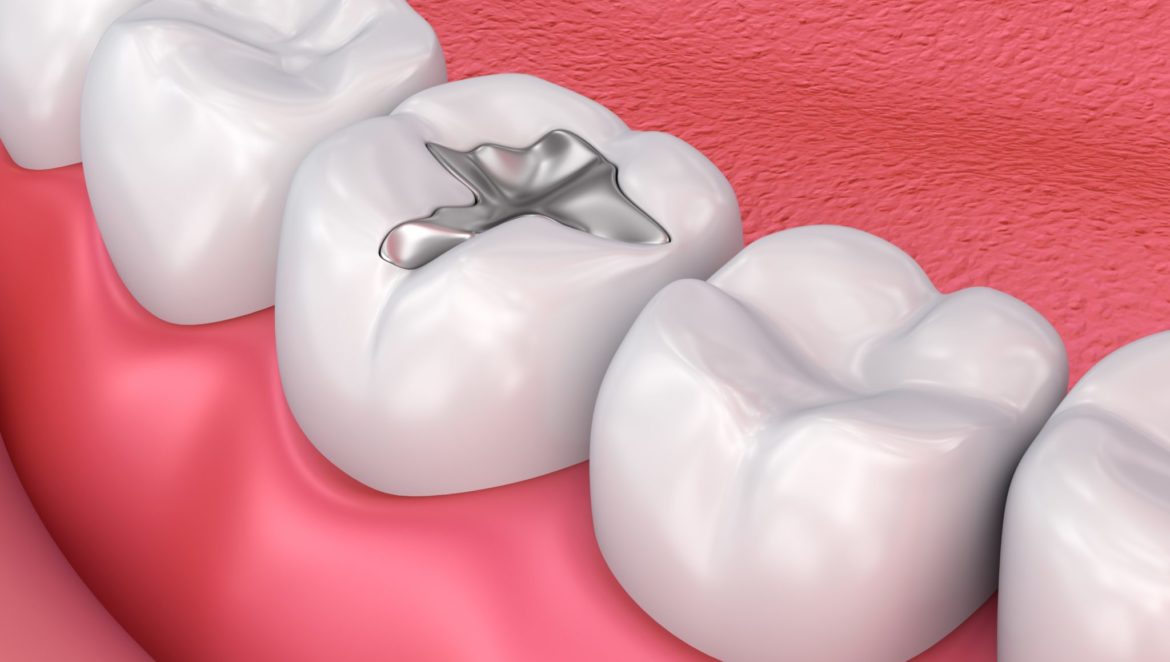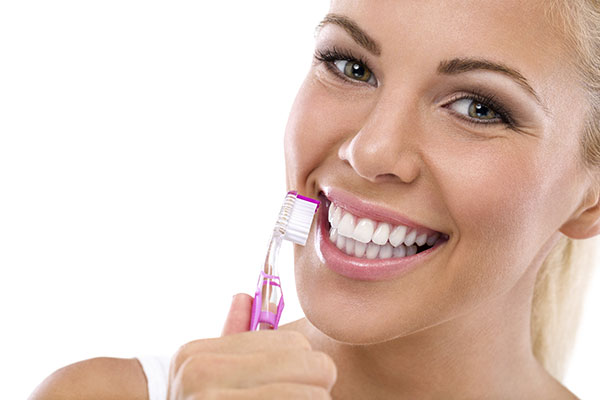October 14, 2018
Why should I get a composite filling instead of an amalgam filling?
When you need to get a cavity filled, your doctor may present you with a number of options. It can be confusing and intimidating to have to choose between the two or more different types of fillings that can be used. In this article we will discuss two of the most common types of fillings, a composite filling and an amalgam filling.What is the difference between the two?
An amalgam is a kind of filling material that has been used for more than 150 years. It is a mixture of metals: liquid mercury, and a powdered allow composted of silver, tin, and copper. The mercury is used to bind together the other metals to form the amalgam. About fifty percent of the amalgam is mercury by weight. A composite filling is a resin made from plastic and glass. The resin is tooth-colored and is used to help restore small to medium sized cavities or decay in teeth. The fillings are able to withstand the pressure and constant stress of chewing. They can be used on the front or back teeth, and, for people who prefer their fillings to look more natural, they are an excellent choice.How are the fillings applied?
For the amalgam, the dentist will mix the powdered alloy with the liquid mercury to form the amalgam putty, after the tooth has been drilled to remove any decay. The softened putty is then placed and shaped in the cavity to where it rapidly hardens to form a filling. A composite filling is placed after drilling the decayed part of the tooth, then thoroughly cleaning the tooth, before finally drying the area to be filled. The composite is then placed in successive layers and hardened using a special light. The process continues in this way until the cavity is filled. Finally, the composite is polished to help prevent staining and early wear. The composite will then bond with the remaining structure of the tooth. This helps to prevent further breaking, and to also insulate the teeth from excessive temperature changes. Because composites preserve your natural smile, they have a clear advantage over amalgam fillings. The process can often be done in a single visit. Your dentist can even match the shade of your natural tooth by blending the composites. If the patient fears excessive staining, then a clear plastic coating can be applied. Composites do tend to wear out sooner in large cavities, but they hold up just as well in small cavities. The amalgam does offer a strong and long-lasting filling that is less likely to break, and is also the least expensive type of filling material. But, it does carry with it some risks: The elemental mercury present in over 50% of the amalgam filling may release low levels of mercury vapor that can be inhaled. Mercury can accumulate in the body, causing damage to the brain and kidneys. According to the FDA website: “High levels of mercury vapor exposure are associated with adverse effects in the brain and the kidneys”. Dental amalgam fillings are generally considered safe for adults and children older than 6, as the amount of mercury vapor accumulated is not enough to damage vital organs. There are some disadvantages to composite fillings. They tend to cost more and may not be covered by all insurances, so be sure to check with your provider. However, as composites improve, more insurance companies may increase their coverage of composites.What makes composite fillings a better choice
Your smile is your signature, and many people want to preserve the signature they were born with, or have spent hundreds of dollars on perfecting. Don’t let a single cavity undo all that work! Composite fillings offer two big advantages over amalgam fillings: you get to retain your natural smile, and they do not contain any elemental mercury. Composite fillings are a fantastic choice for keeping your smile looking natural and healthy. While the mercury present in amalgam fillings might not be harmful, you may still be allergic to any of the other metals present in the filling. Also, the effects of the mercury vapor on fetus development and children breastfeeding has not been adequately researched for there to be enough data to make an informed recommendation.The secret best option
Even those of us who keep up with their regular oral hygiene routine may develop a cavity. That is why it is important to maintain a regular oral health routine to help ensure your teeth remain strong and healthy throughout your lifetime. Here are some of the best practices to maintain your oral health:- Brush twice a day, or more if eating sweet or sticky foods.
- Brush with short, even strokes, being sure to reach every tooth surface. Don’t push hard when brushing, your teeth don’t need to be handled roughly.
- Use a fluoridated toothpaste to help rebuild your tooth enamel. Check the label before purchasing a toothpaste to make sure that it is fluoridated. Fluoride helps rebuild the enamel of your teeth, repairing small cracks and decay!
- Floss at least once a day to help remove plaque build up from between the teeth.
- Avoid damaging foods, like sugary drinks, or hard candy.
- Avoid habits that help destroy your teeth, like smoking.
- Visit the dentist regularly for cleanings and checkups at least once every six months.


